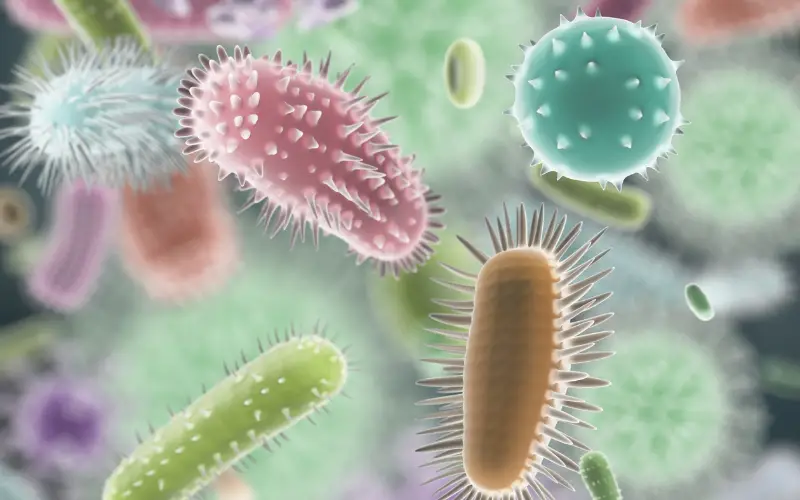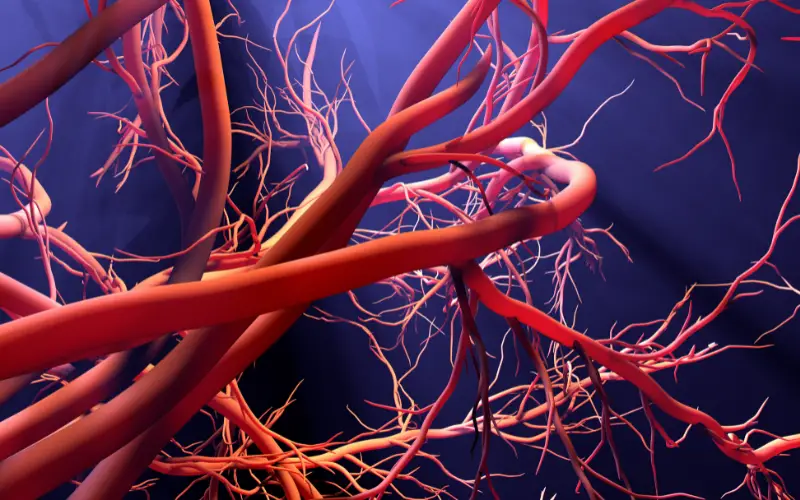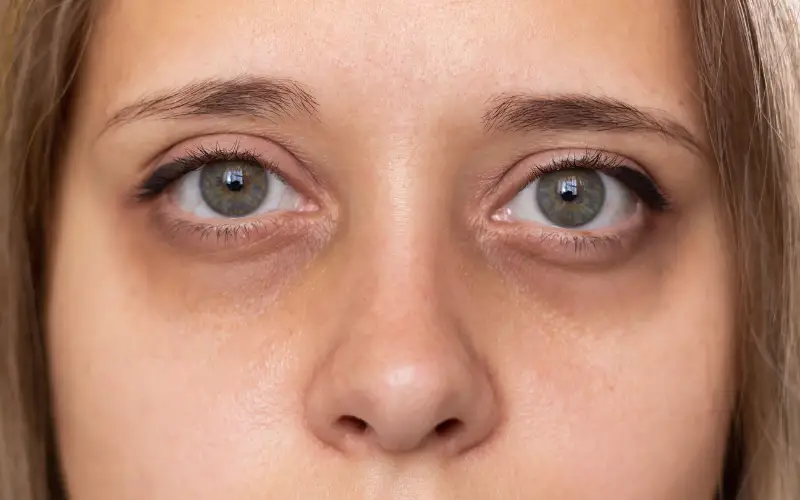Embarking on a journey through the marvels of the human body unveils a realm of incredible intricacies and astonishing phenomena that often go unnoticed in our everyday lives. From the tiniest cellular processes to the grand orchestration of our physiological systems, the human body is a masterpiece of biological engineering. In this exploration, we will delve into 13 mind-boggling facts that shed light on the extraordinary capabilities and peculiarities that make our bodies not just functional, but truly exceptional. Brace yourself for a fascinating ride through the corridors of anatomy, where each revelation promises to leave you in awe of the intricacies woven into the fabric of our existence.
The List of 13 Insane Facts About The Human Body
1. When We breathe, We Favor One Nostril

It’s a natural tendency for us to switch between nostrils, and this serves the purpose of maintaining the moisture of the air we breathe, preventing irritation to our lungs. Interestingly, our bodies automatically grant one nostril a break while the other is active, although we may not consciously be aware of this phenomenon.
2. You Contain Trillions of Bacteria

Our bodies host trillions of bacteria that play a crucial role in regulating inflammation and disease. There has been a longstanding notion that these bacteria could impact our immune system and play a role in the development of inflammatory arthritis, a condition affecting over 430,000 people in the U.K. Versus Arthritis is actively supporting research to investigate the bacteria residing in our bodies, aiming to enhance our understanding of their involvement in the development and potential treatment of inflammatory arthritis.
3. We Don’t Know Why We Yawn

Several animals exhibit this behavior, and there are various theories about why we do it—some believe it aids in increasing oxygen intake, while others think it plays a role in temperature regulation. Regardless, this is a universal practice among us, although the exact reason remains unclear.
4. 100,000 Miles of Blood Vessels

This encompasses veins, arteries, and interconnected tiny capillaries that traverse throughout the body. While the sheer quantity may seem improbable, consider that each muscle, organ, patch of skin, or nerve requires its own circulatory network for blood supply and removal. When viewed in this context, the extensive vascular system is not surprising given the intricate demands of our physiological plumbing.
5. Eyes Remain Almost the Same Size Your Entire Life

While our nose and ears continue to grow throughout our lives, our eyes maintain a consistent size from birth. By the age of three months, our eyes have reached their full width as the corneas complete their growth. Human eyes undergo rapid growth in the womb and during the initial three months after birth. This phenomenon is believed to contribute to the adorable appearance of babies, characterized by their disproportionately large eyes set in those small, round faces.
6. You Can’t Breathe and Swallow Simultaneously

While it may seem evident, it is, in fact, a purposeful evolutionary protective mechanism. This process prevents unintentional aspiration or choking on one’s food or saliva. Additionally, it serves as an effective means of suppressing a persistent tickly cough—simply swallowing can temporarily inhibit the urge to cough.
7. Only 2% of Humans Have Green Eyes

Indeed, a mere two percent of the population possesses green eyes. The highest prevalence of individuals with green eyes is found in Ireland, Scotland, and Northern Europe. It’s noteworthy that individuals from various ethnic backgrounds, including Asian, African, Caucasian, Pacific Islanders, Arabic, Hispanic, and the indigenous peoples of the Americas, can have green eyes. All newborns start with either blue or brown eyes. The development of green eyes in children can occur anywhere between six months and three years after birth.
8. We Erase and Reform Our Memories

Here’s a fascinating aspect. Contrary to the common notion that remembering an event is akin to playing a recorded file on a computer, our brain doesn’t simply replay memories. Instead, it rewires the memory each time we recall it, gradually modifying or distorting it over time. Consequently, the cherished childhood memories we hold dear may have undergone subtle alterations as our brains continually reinterpret them throughout the years.
9. All Humans Are +99% Identical

The distinctions in appearance or internal characteristics within individuals are primarily a result of minor genetic variations. This similarity extends to many other animals, as we share common genetic traits.
10. You’re Taller in the Morning

When you glance in the mirror in the morning, you might notice a flatter stomach and clothes that fit better. Throughout the day, gravity takes its toll, causing our cartilage to compress, making us slightly shorter, and our organs tend to settle.
11. The Skin Is Your Largest Organ

Approximately 15 percent of our body weight is attributed to the skin, and its significance is significantly underestimated. It serves the dual purpose of containing internal elements and regulating temperature, facilitating touch and sensation, ensuring unrestricted movement (neither too tight nor too loose), and perpetually engaging in the processes of healing and regeneration, among other vital functions.
12. Every Second, You Produce 25 million Cells

The replication of every new cell is based on the blueprint of our DNA. As we age, it’s not unexpected that this DNA template undergoes wear and tear, leading to errors. The aging process ensues, and until we find a way to maintain the template flawlessly, aging will inevitably occur.
13. Your Eye Is Your Fastest Muscle

The swiftest muscle in the human body is the orbicularis oculi, able to contract in under 1/100th of a second. A typical blink lasts 100-150 milliseconds. Interestingly, you blink more while talking and less while reading, which contributes to the fatigue experienced during prolonged reading. The eye’s rapid muscle action is why we often use the expression ‘in the blink of an eye’ to describe something happening quickly.
Conclusion
As we conclude our journey through these 13 insane facts about the human body, we find ourselves standing in sheer amazement at the wonders that define our existence. From the incredible adaptability of our skin to the complex orchestration of our senses, each revelation unveils a layer of the extraordinary symphony that is the human body. As we navigate through the realms of cellular resilience, intricate biological processes, and the mind-boggling dimensions of our anatomy, it becomes abundantly clear that our bodies are a testament to the brilliance of nature’s design. These facts not only showcase the complexity and resilience inherent in our biology but also invite us to appreciate the awe-inspiring capabilities that make us who we are. So, the next time you marvel at the beating of your heart or the wonders of your senses, remember the incredible intricacies that make the human body an unparalleled masterpiece.
Recent Posts
Science Trivia - Astronomy ...
Step into a realm of nostalgia as we embark on a journey through the annals of pop culture and bid farewell to 35 recently obsolete technologies. In the ever-evolving landscape of innovation, certain...
